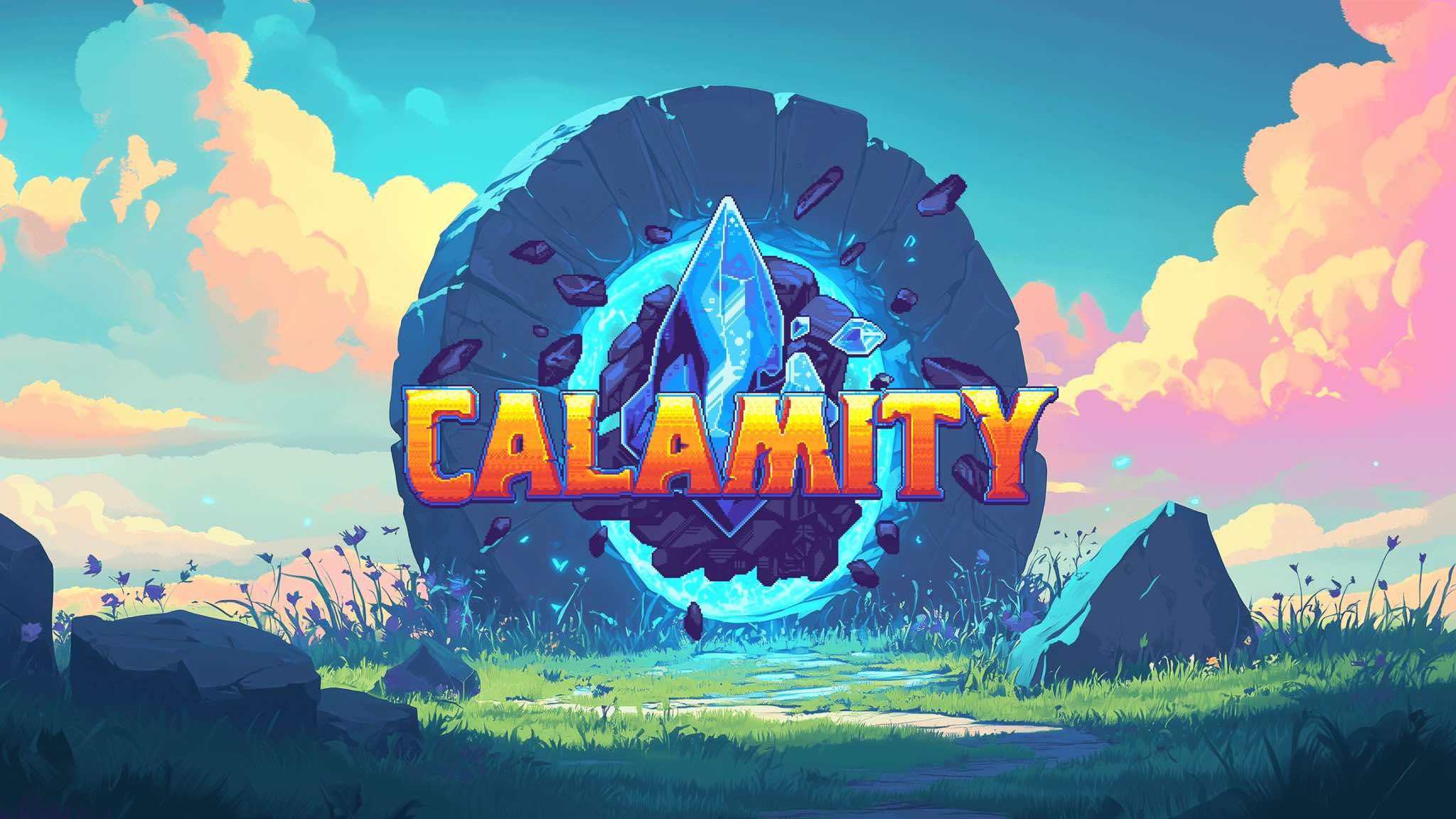Calamity, a hybrid action RPG with Web3 integration, has kicked off its first incentivized technical test. The event gives selected players access to the game in its early form, with a focus on identifying bugs, balance issues, and backend stress points.
What sets this test apart is the reward structure. Participants who submit valuable feedback or complete specific tasks are eligible for token-based incentives, making it as much a stress test of the game’s systems as it is of its community pipeline.
Gameplay Focuses on Class Variety and Active Combat
Calamity’s core gameplay is built around fast-paced action combat and class-based loadouts. The playable version includes four distinct classes, each with its own set of skills and playstyle. Early footage shows movement-based fighting with cooldown abilities and environmental navigation, leaning closer to ARPG design than traditional MMORPG flow.
While the current version lacks full campaign structure, players can access PvE zones and dungeon-style encounters that test early mechanics. The combat loop is already responsive, though not fully tuned, and players are encouraged to stress-test both movement and abilities.
Incentives Aim to Drive Useful Testing
This isn’t a giveaway campaign disguised as a beta. The technical test is explicitly tied to performance and contribution. Players who identify bugs, report exploits, or help refine gameplay flow can earn token rewards, though specifics on distribution remain limited.
There’s also a referral element baked in. Participants can generate codes to bring in new testers, with added incentives for helping expand the test pool. It’s a community-driven system, but with measurable goals tied to actual development needs.
Blockchain Layer Exists but Isn’t Frontloaded
Calamity operates on a Web3 backbone, but the test experience keeps most of that in the background. Player accounts are wallet-linked, and tokens serve as the incentive currency, but there’s no emphasis on NFT sales or speculative elements during the test window.
That approach keeps the focus on gameplay and system reliability something not all Web3 projects manage. It suggests that Calamity is trying to build trust through usability first, rather than financial hooks.
Early Feedback Will Shape Balance and Stability
The technical test is less about content preview and more about backend evaluation. The devs are actively encouraging stress conditions: unusual builds, edge-case movement, and anything else that might reveal instability.
This phase is clearly aimed at refining engine performance, server stability, and game loop balance. For a Web3 title that’s also targeting skill-based gameplay, that kind of early focus on infrastructure is essential especially if the project wants to scale without losing core functionality.
A Controlled First Step Toward Broader Rollout
With limited access and clear objectives, this test positions Calamity more like a pre-alpha engineering sprint than a marketing beat. But that’s not a bad thing. The emphasis on stability and user contribution signals a slower, more methodical approach to launch.
For now, Calamity is keeping its ambitions in check, focusing on mechanics over market, and giving its early community a concrete role in development. Whether that translates into long-term support remains to be seen, but it’s a structured opening in a space that often skips structure entirely.
Web3 Analyst & Play Blockchain Games Guide
CryptoKit breaks down Web3 gaming like it’s second nature. From tokenomics to airdrop strategies, she turns blockchain chaos into clear, actionable advice for players who want to win more than XP.




